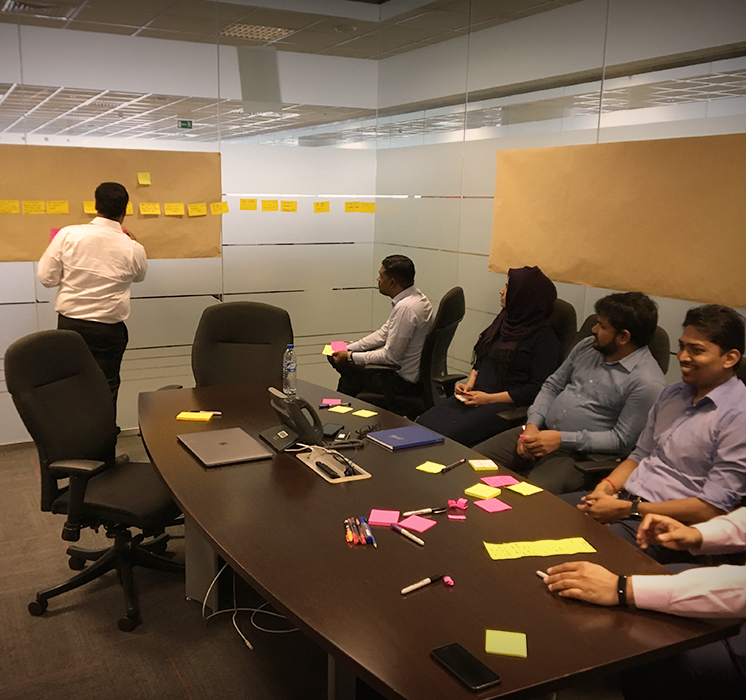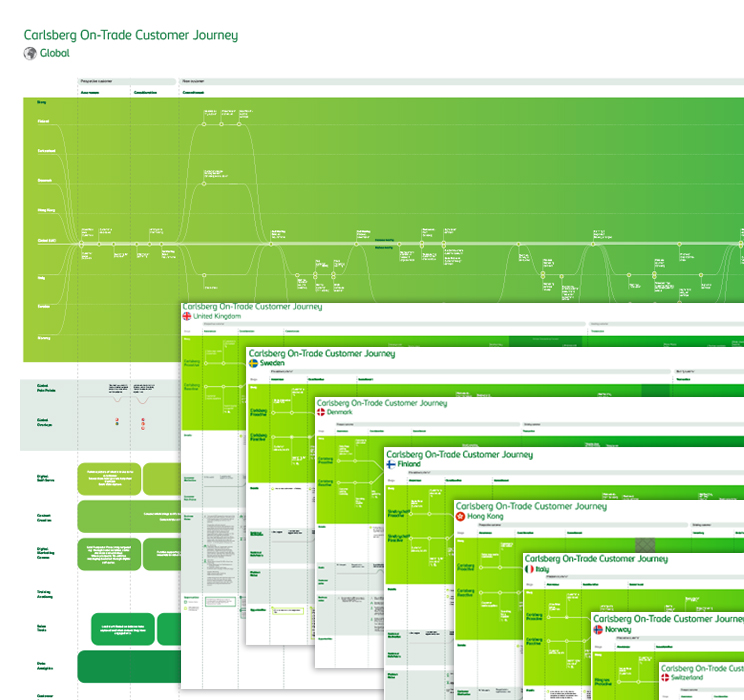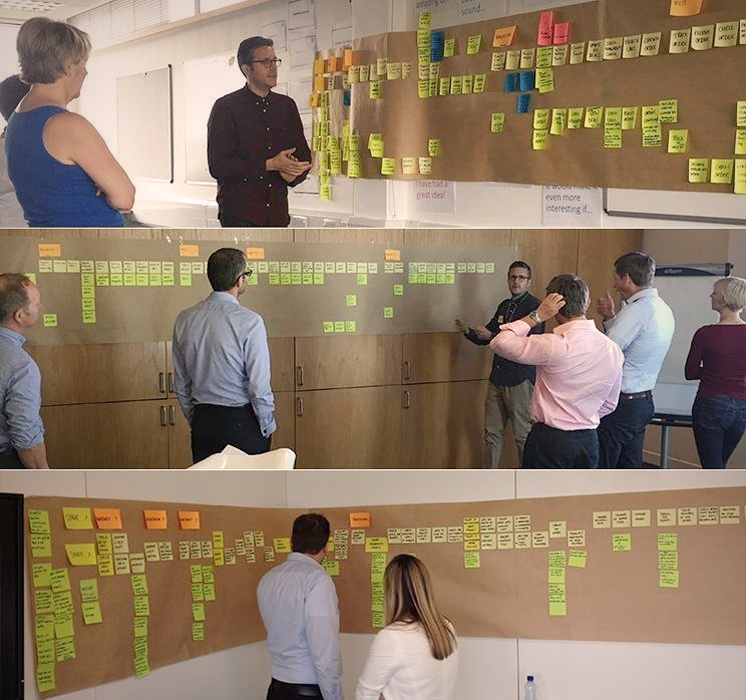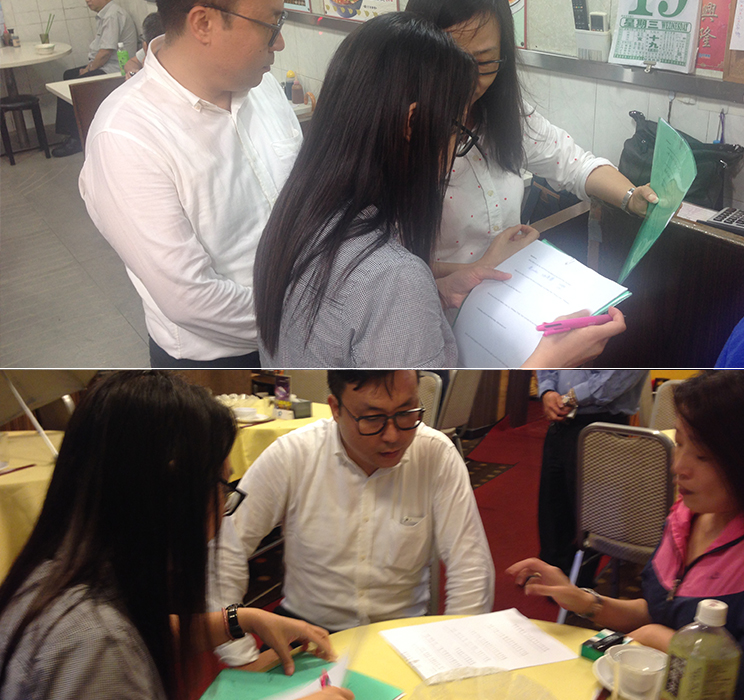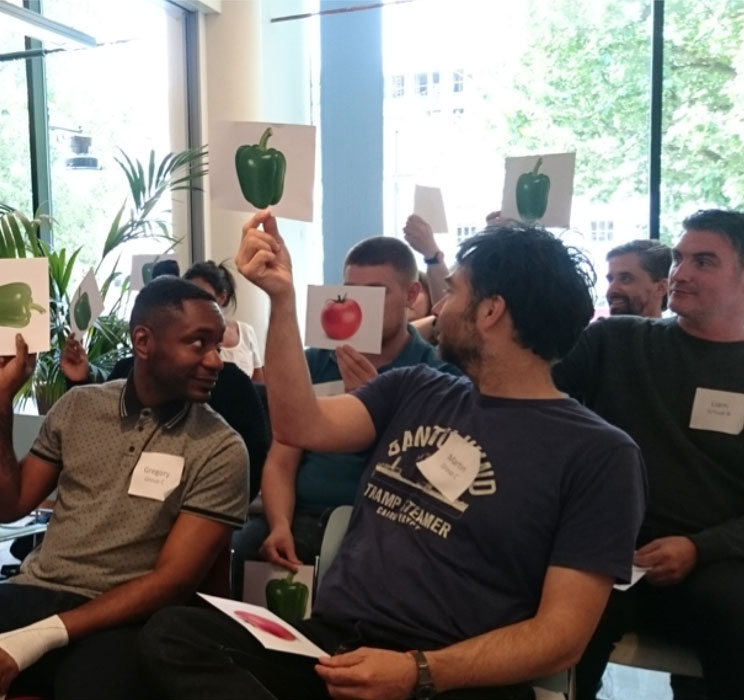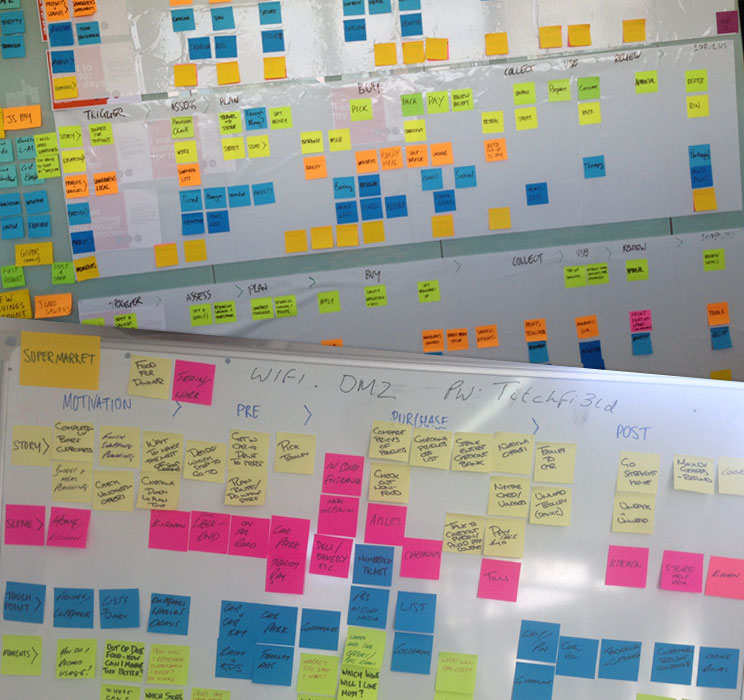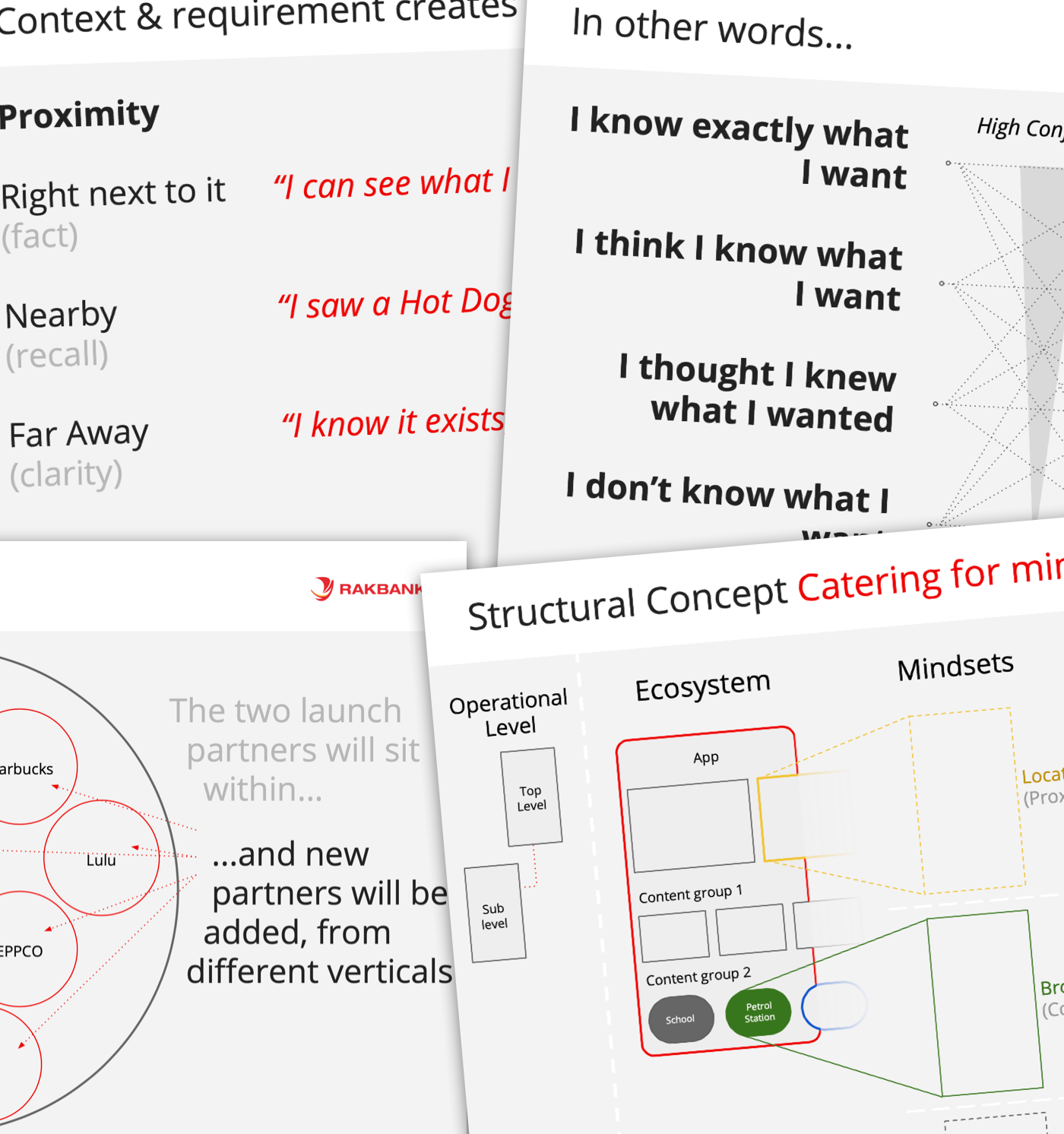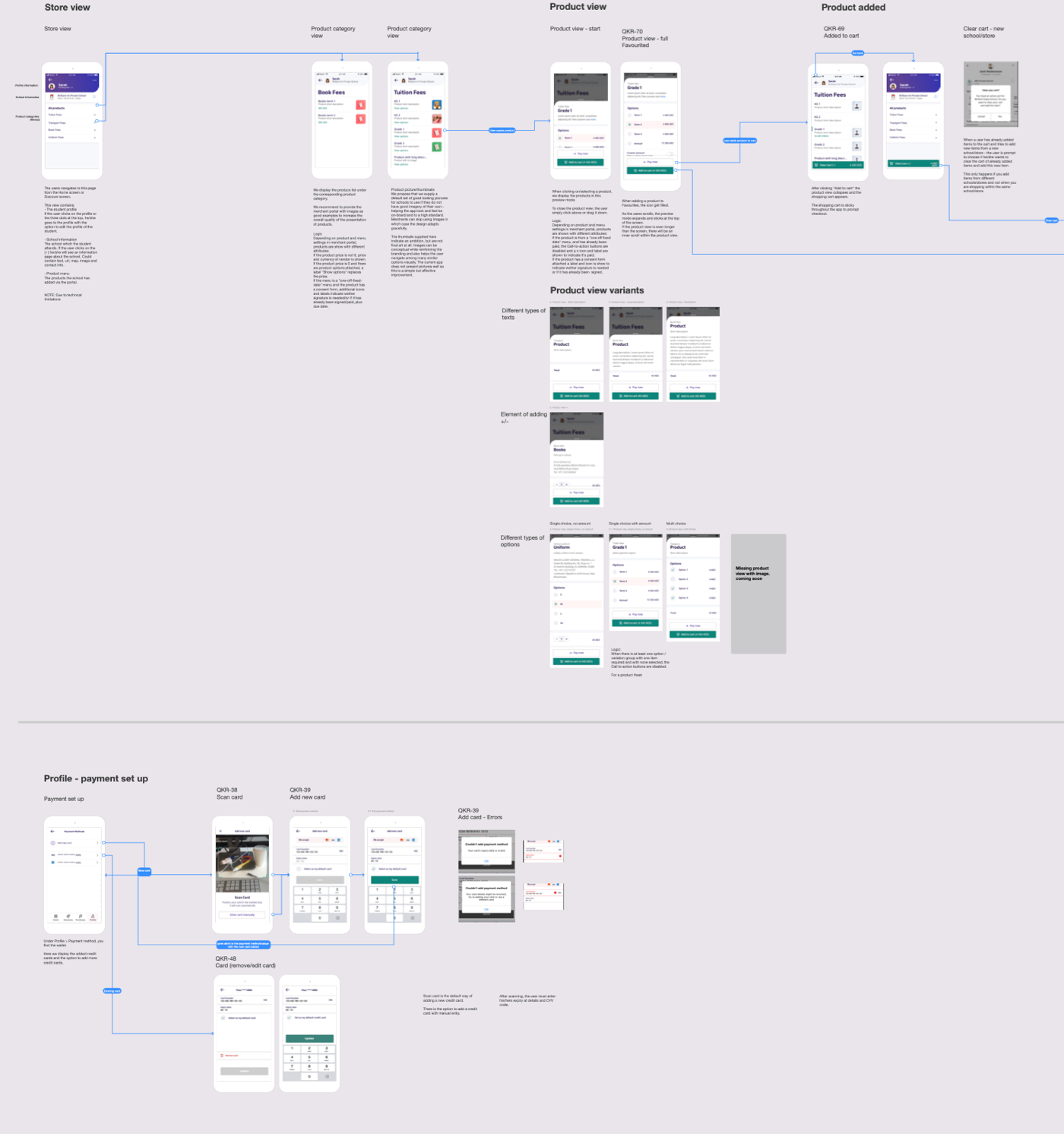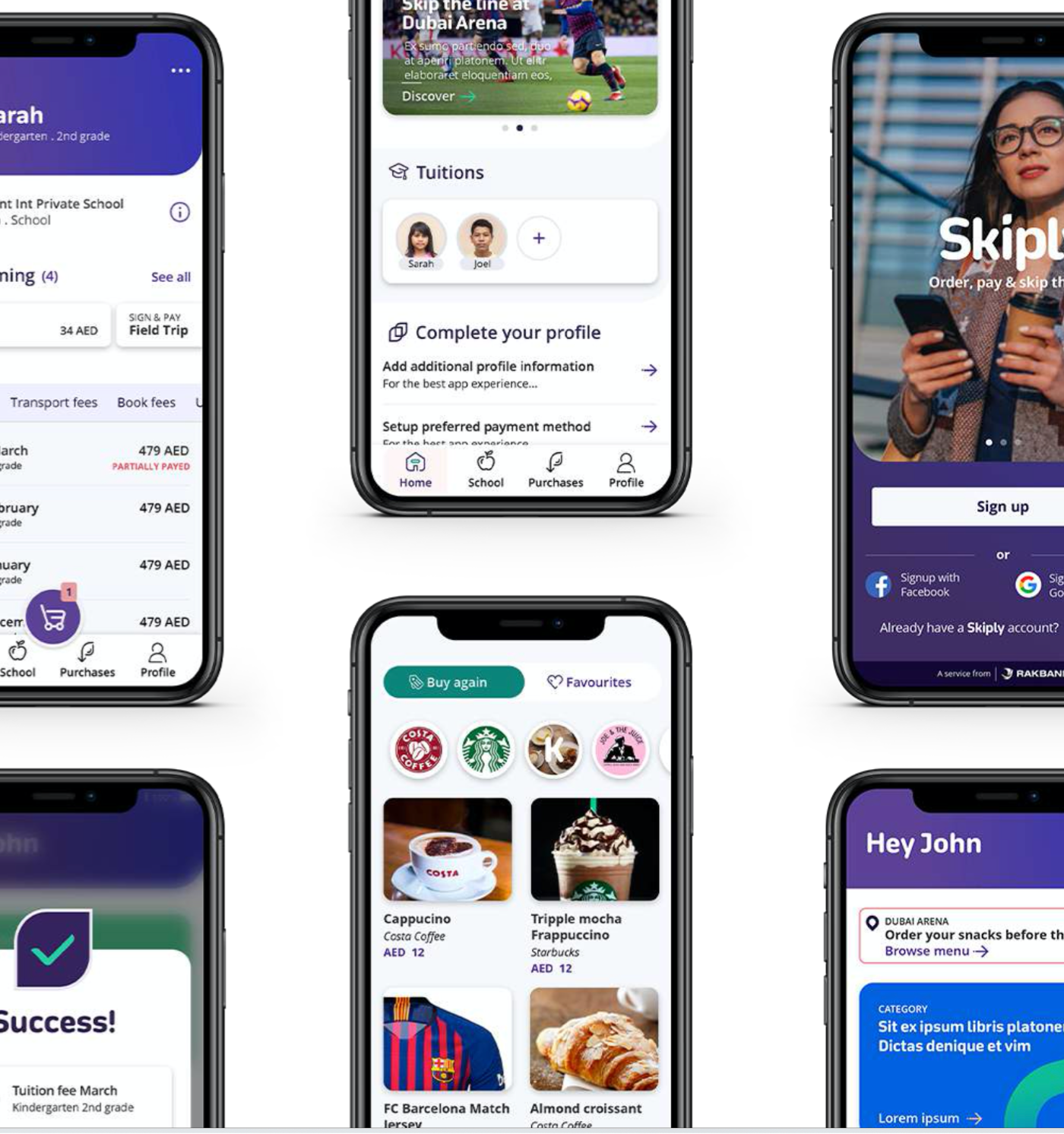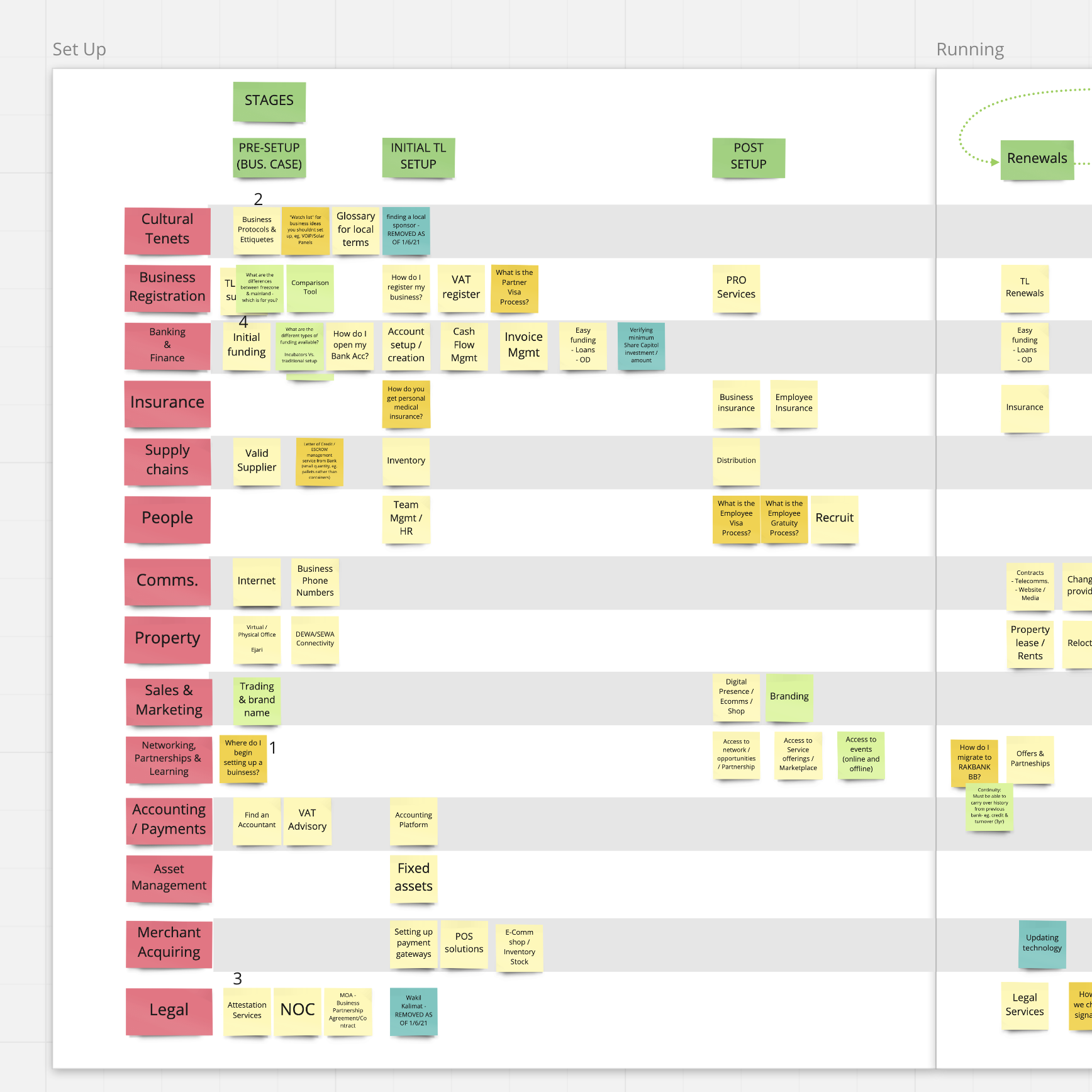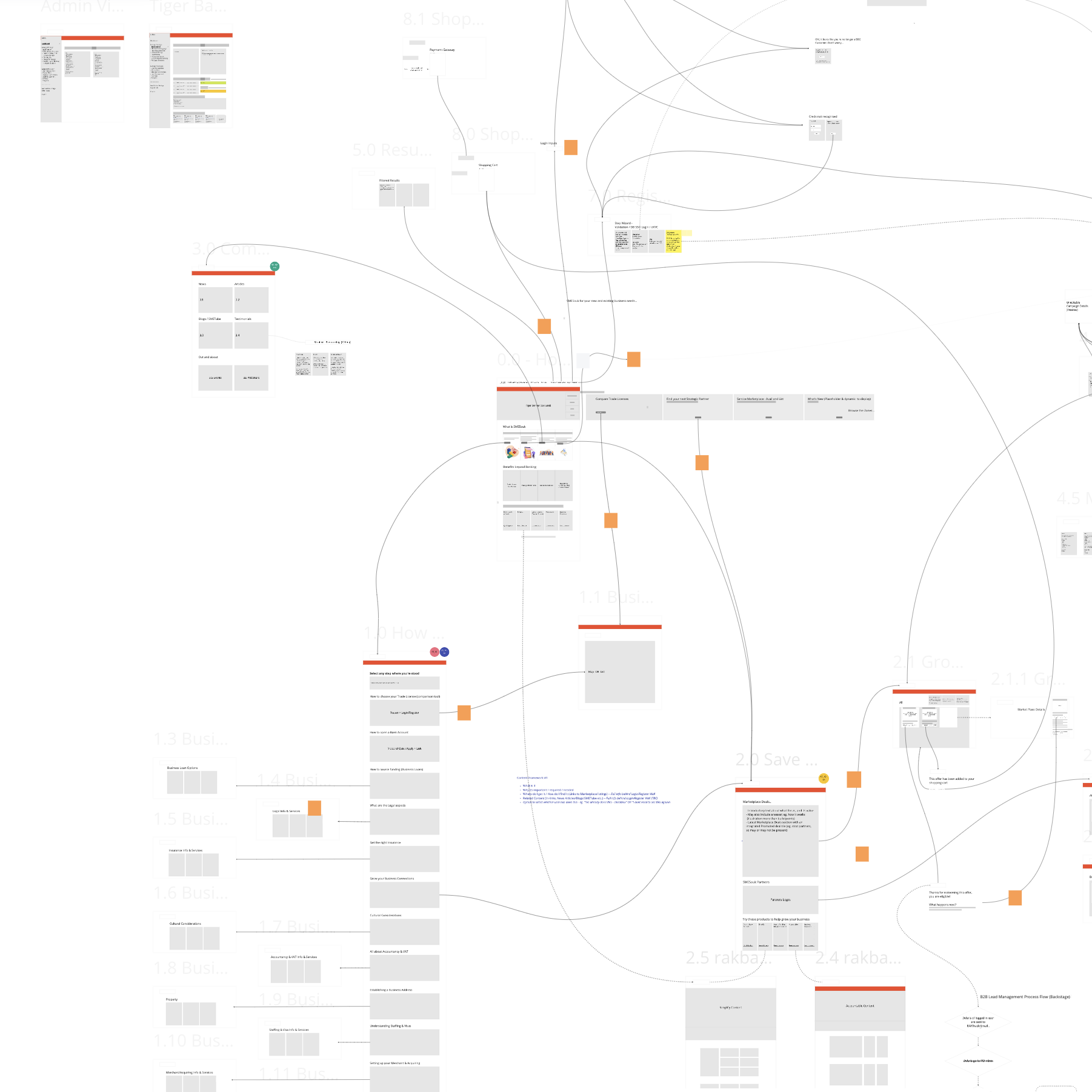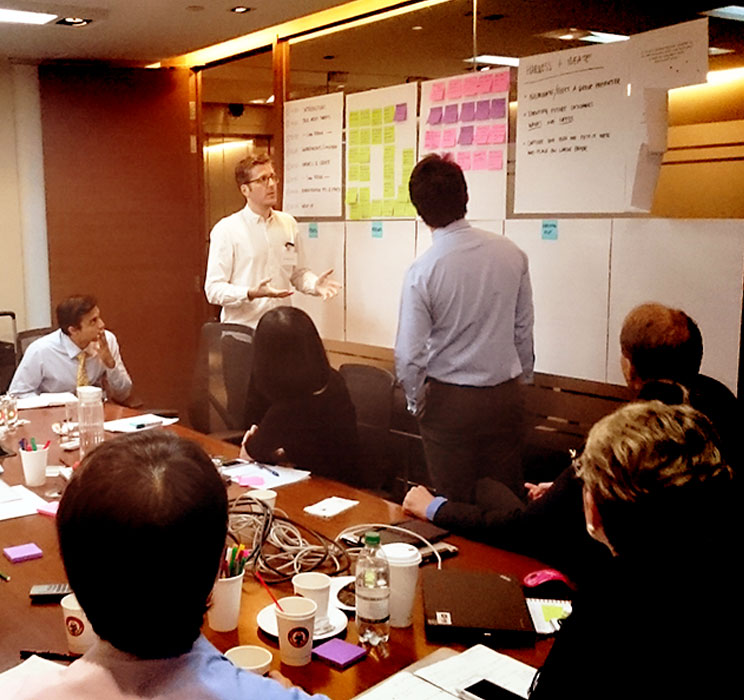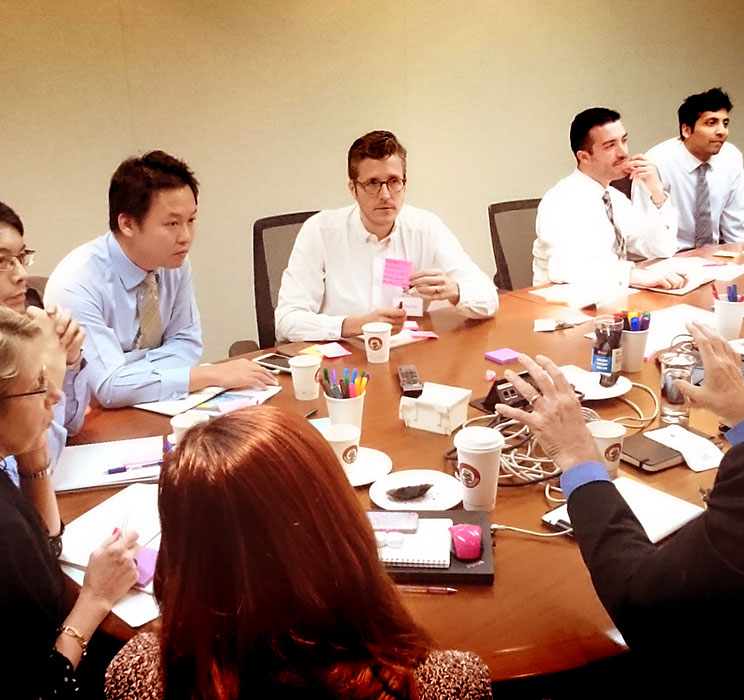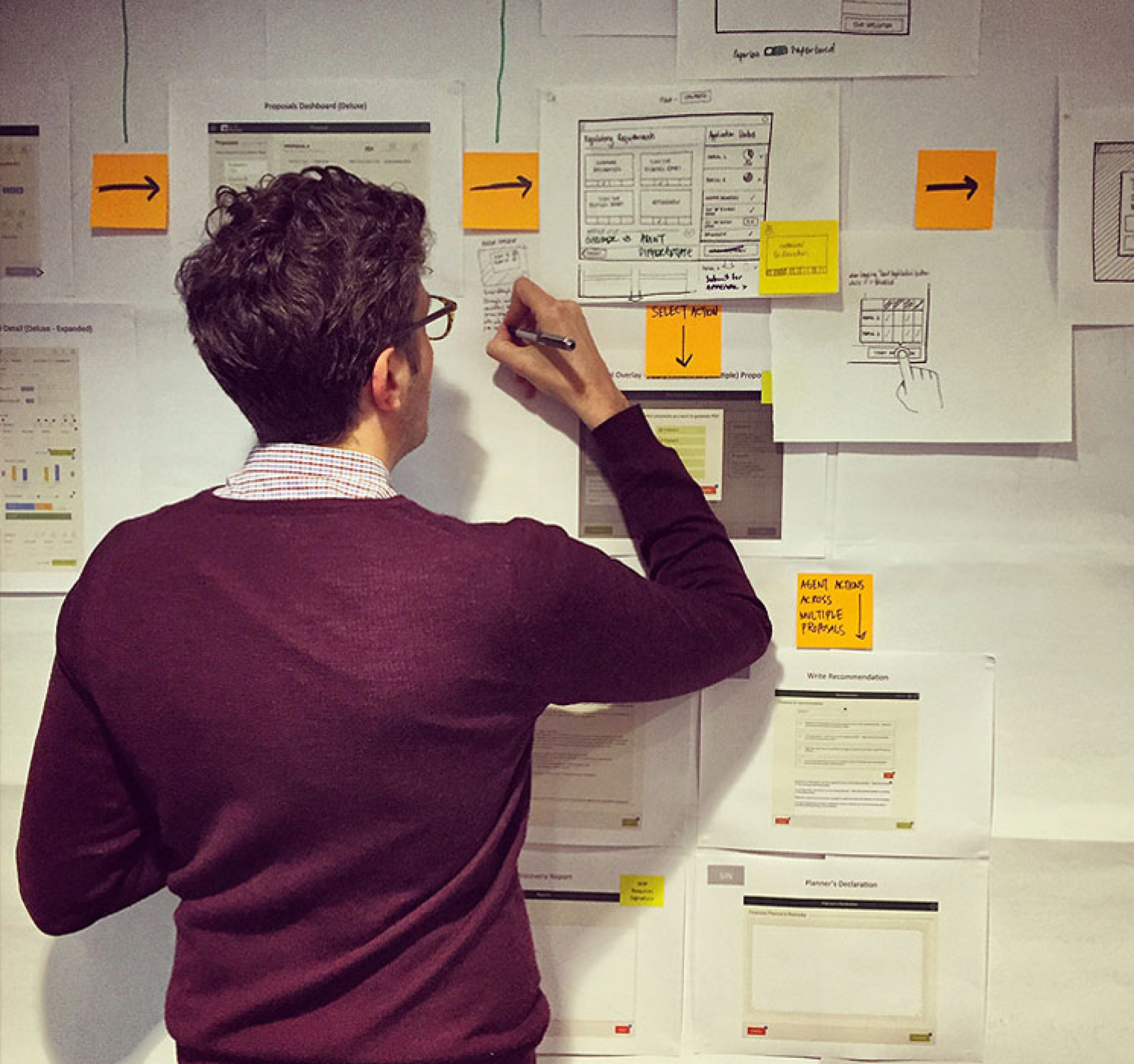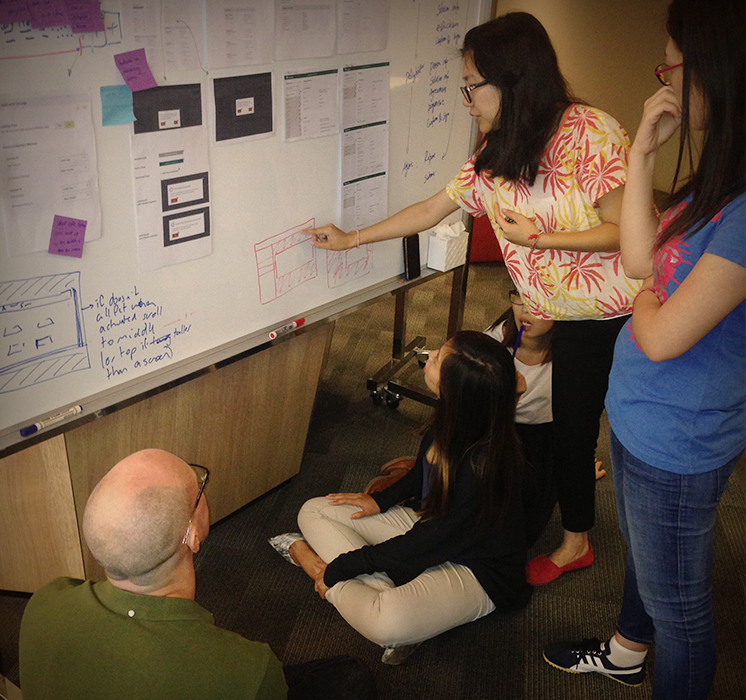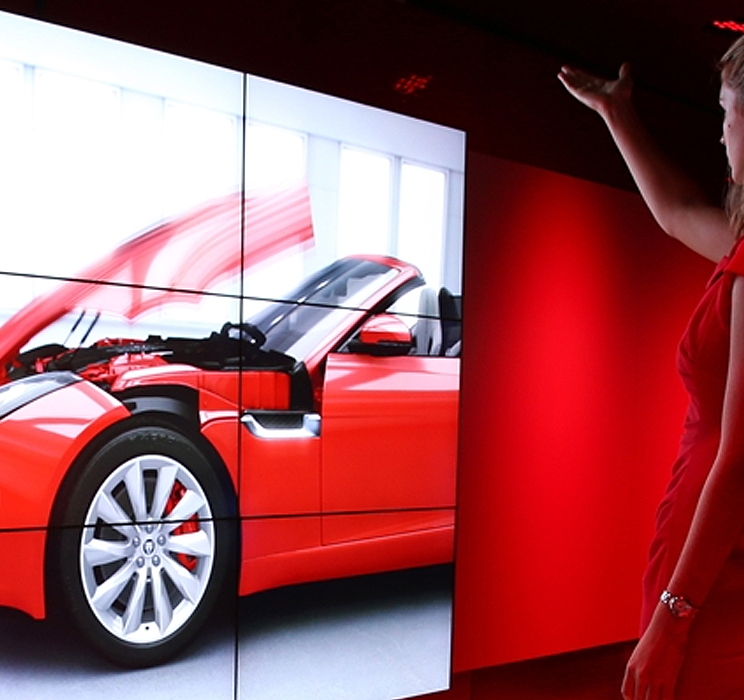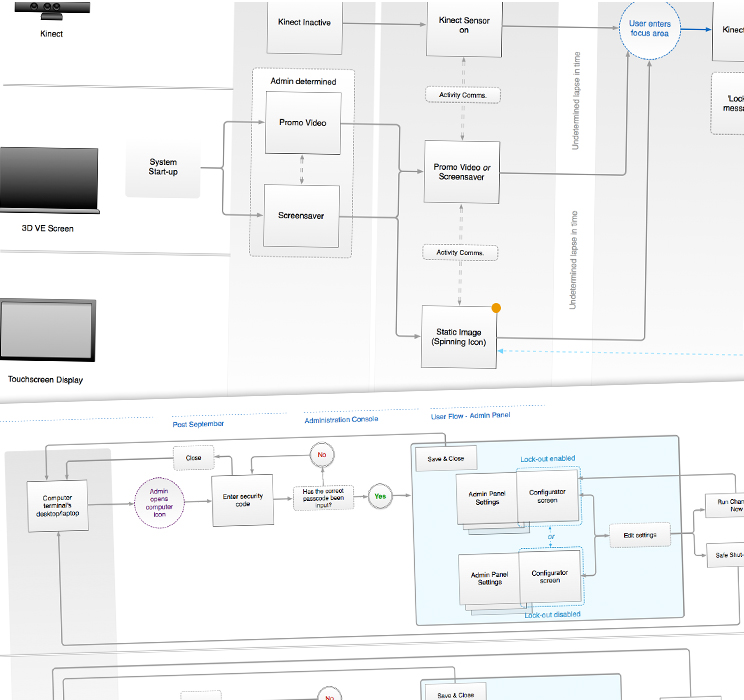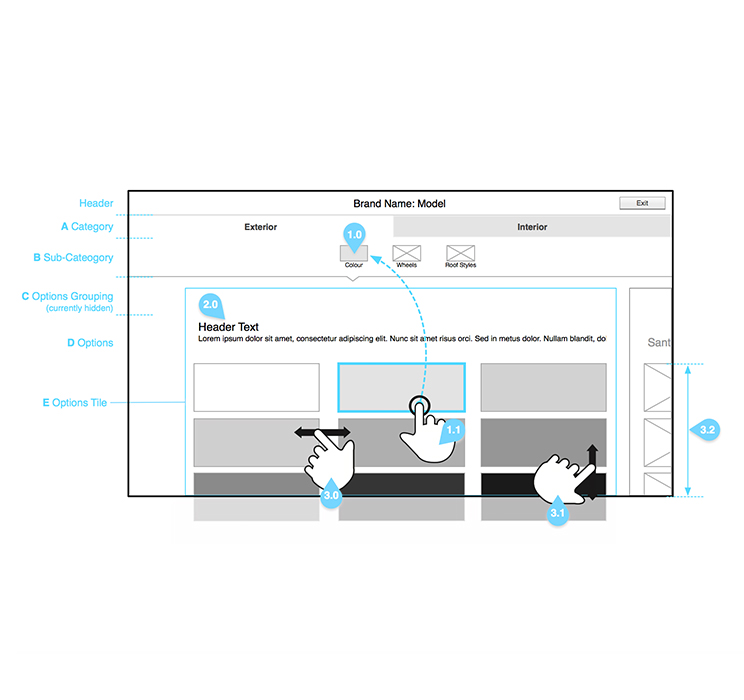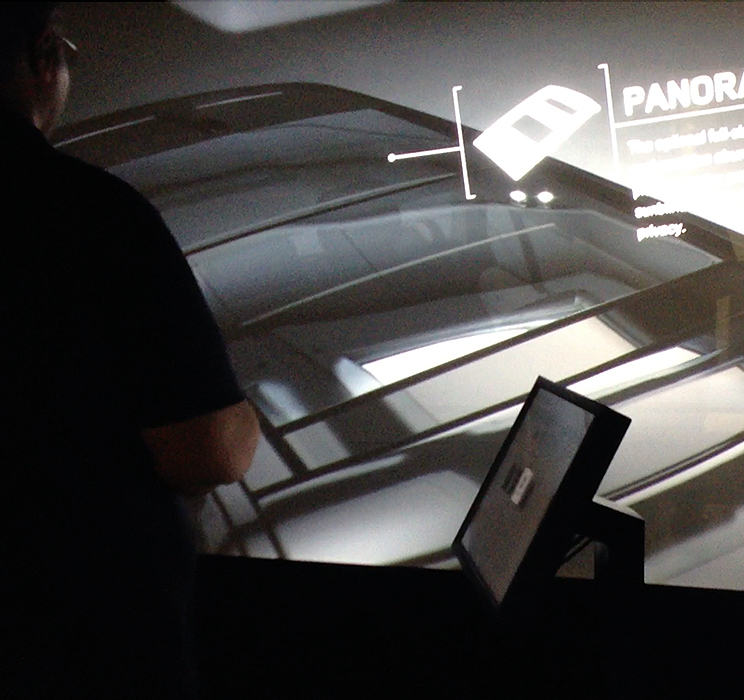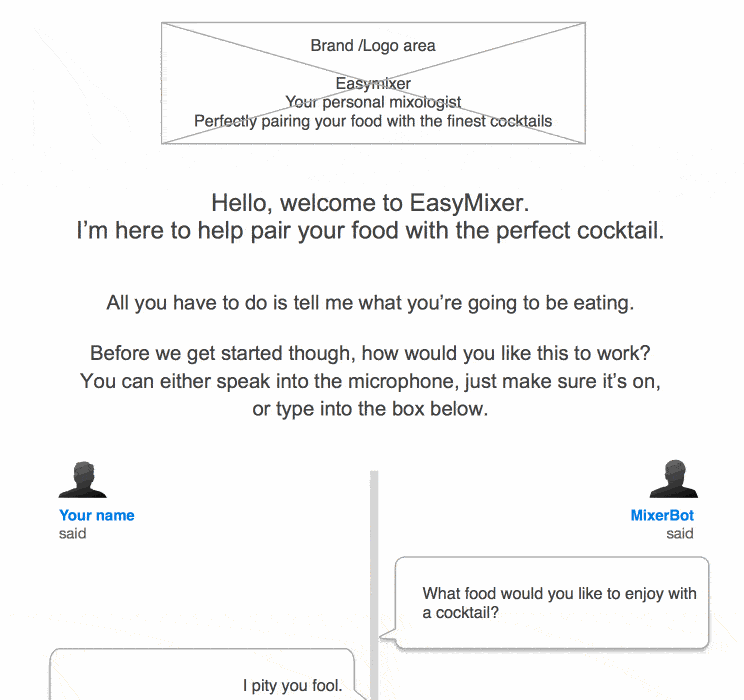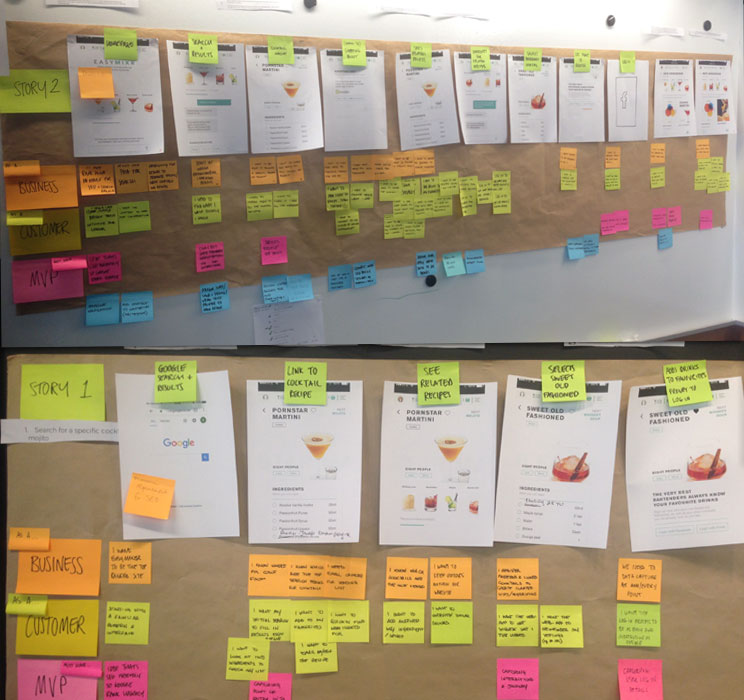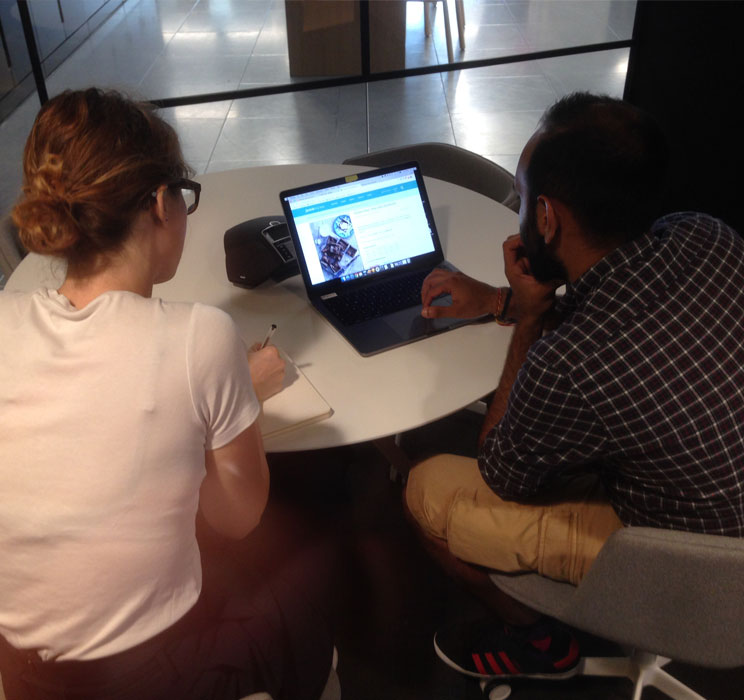As businesses operating through the 2010's began to appreciate the ROI of design, it invariably brought with it the commoditisation of design (and its processes) - as can be evidenced today with the Double Diamond process being adopted, sold and applied by all. While theres no avoiding this shift, and at the risk of further over-simplification, I see today that there are two ways that 'design' should be approached. Once identified, this informs and ensures the correct 'process' is applied
Strategist / Futurist
Service / UX Designer
& User Researcher
Retail, FMCG & Fashion - TV & Media - Banks & Fintechs - Startups - Planes, Trains & Automobiles - Software - Government
-
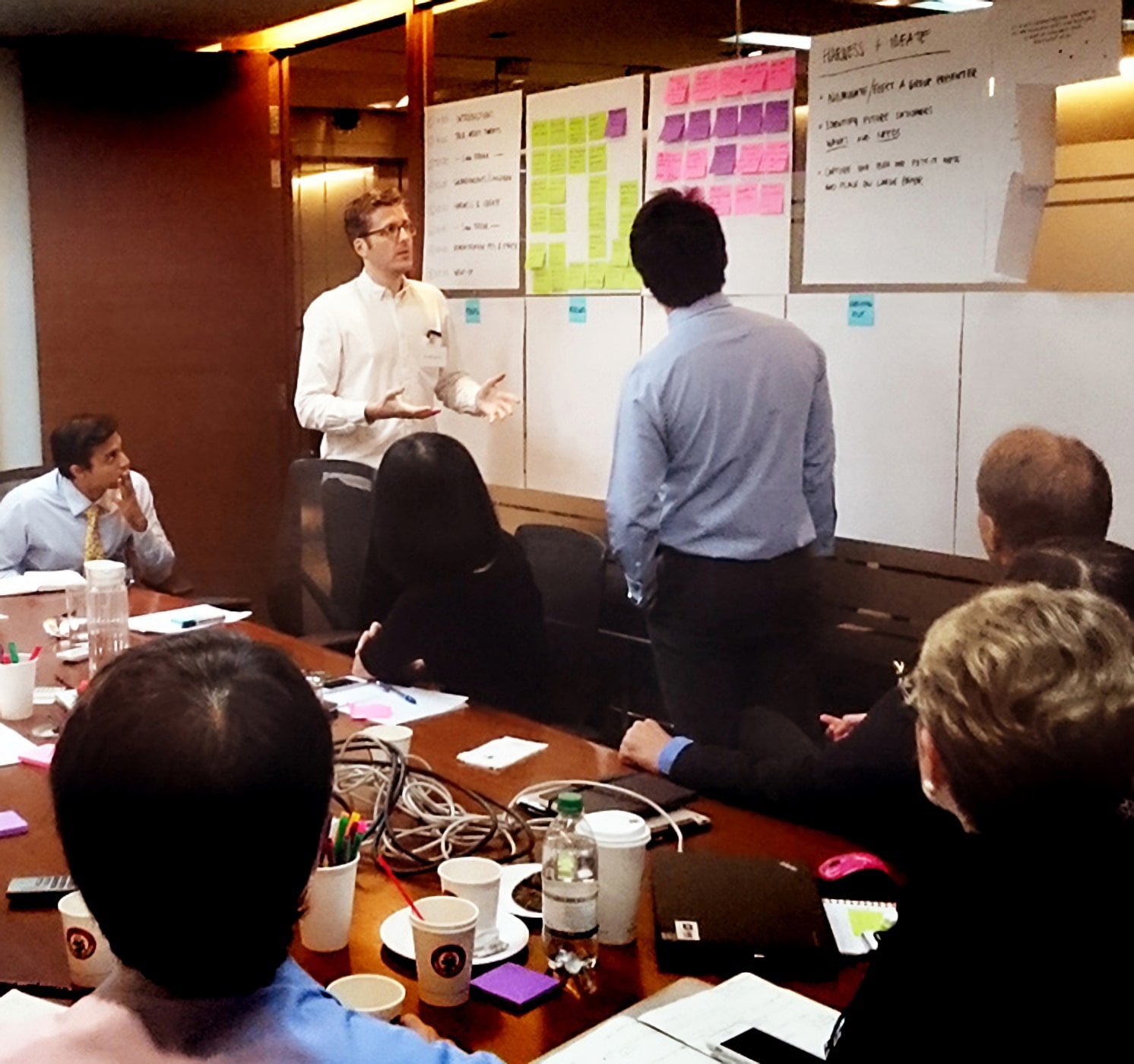 Concepts, pitchwork & strategic ideas backed by data
Concepts, pitchwork & strategic ideas backed by data
That uncertain, scary 'risky' space where risk-averse businesses fear to tread, yet new ideas are born at their most fragile state - unrealised, unevolved, pre-pivoted, and in some cases killed - is where I operate.
It's my role to extract and expolit opportunities - which most people in my sphere can do - but where I differ is I aim to reduce risk - risk of failure in the market, rosk of losing money on costly development only to see figures post launch drop
Start with hard questions: What evidence do you have to suggest your idea is the most optimal execution? How might you mitigate risk or failure? How do you create pitch winning presentations that showcase your idea to win over clients/funding?
Wherever you need to start I'll ensure we head in the right direction; towards your key objectives and outcomes.
Strategy vs. Tactics
The reason good people default to focusing on every day TACTICS is that it is known. You know the reward when you do tactics. Your brain is actually happier doing tactics rather than STRATEGY because it gets a hit of dopamine every time you complete a task.
STRATEGY is ambiguous. Your brain has to work harder--Literally! Instead of having the dopamine hit of doing something you know, you are likely to have an imbalance of cortisol and serotonin that make you doubtful. And to make matters worse, when you are done you do not know for sure it will work. The rewards of strategy are delayed.
Thus, we avoid it.
Create space for strategy:
--Have on the weekly agenda
--A regular daily time for yourself/squad
--A weekly regular two-hour block (e.g., Wednesday afternoon is my strategy time)
--A monthly day for strategy (e.g., The second Monday of every month with team)
--A quarterly strategy retreat
Making time for strategy is a leap of faith. No one is going to reward you in the short term and say "good job for taking time for strategy." The payoff comes over time.
Your life demands will push you away from strategy. You have to decide to be intentional. Learning to make time for strategy is a #pitofsuccess you can conquer. Schedule strategy time for yourself now.
-
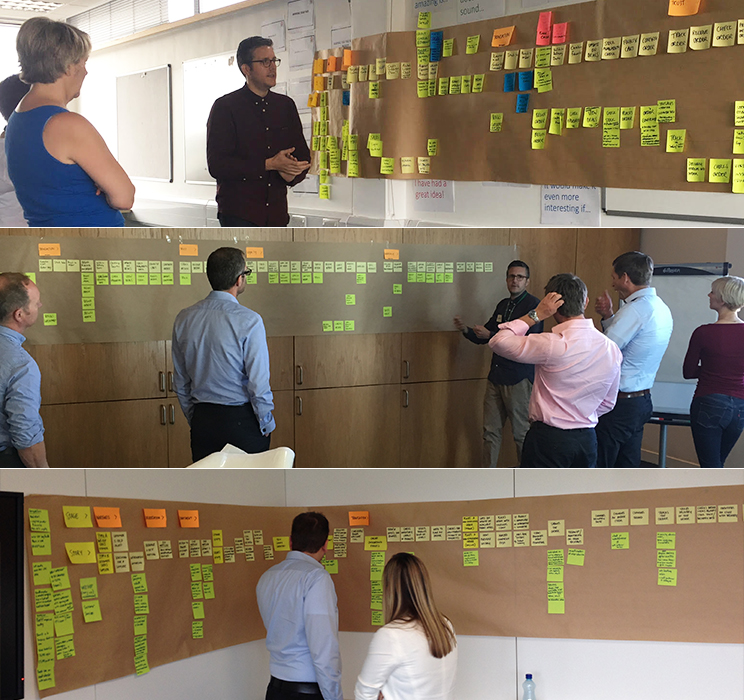 Trusted advisor to C-Level, Board & Founders
Trusted advisor to C-Level, Board & Founders
I've used strategy and design for decades to advise & steer literally hundreds of businesses & leaders; such as Carlsberg Group, Sainsbury's, First Direct, Channel 4 TV, RAKBANK, UBS Bank. I've also walked the startup and entrepreneur path co-founding and selling a machine learning, bepspoke wine selection and delivery app (Hong Kong). In every instance I advised on how to best to setup, organise, leverage & utilise growth through the value of quality experiences; mostly through the exploition of new ideas, cutting edge tech & clear direction.
I've been fortunate enough to blue-sky whitelabel solutions (new revenue streams) for multinational companies like IBM, Channel 4 & MBNA, as well as iterate existing platforms for compnies like RAKBANK, UBS and Sainsbury's
A new job title has recenetly emerged to better explain how my background as a designer adds value to businesses; by adopting the knowledge & language of business to leaders. Today, the Business Designer role exists.
-
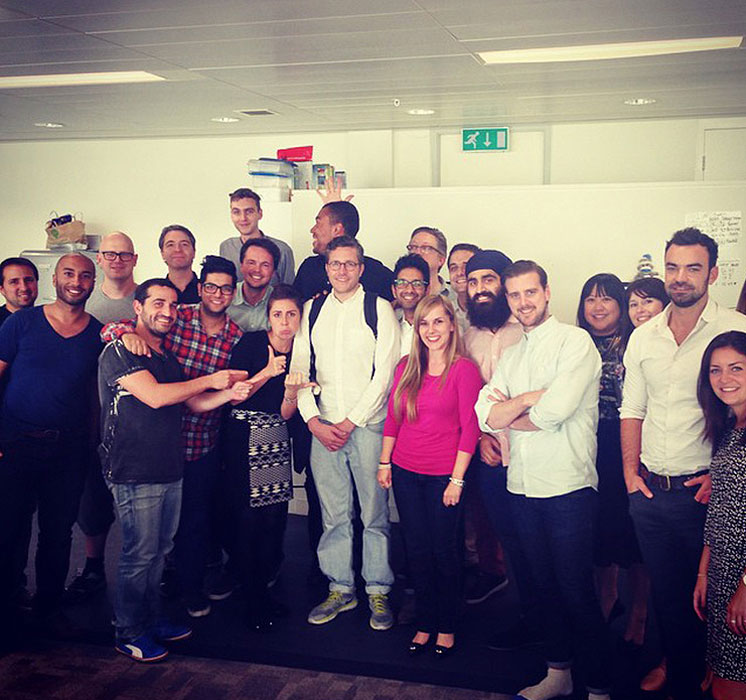 Grow, coach & mentor award-winning digital departments
Grow, coach & mentor award-winning digital departments
Since 2010 I have been responsible for putting togethr world-class, award-winning end-to-end design departments - that include User Researchers, Strategists, all flavours of Designer (UX, UI, CRO, Interatcion, Motion, Service, Product etc.), Front-end Devs, data-scientists, client services, project managers, business leads etc.
-
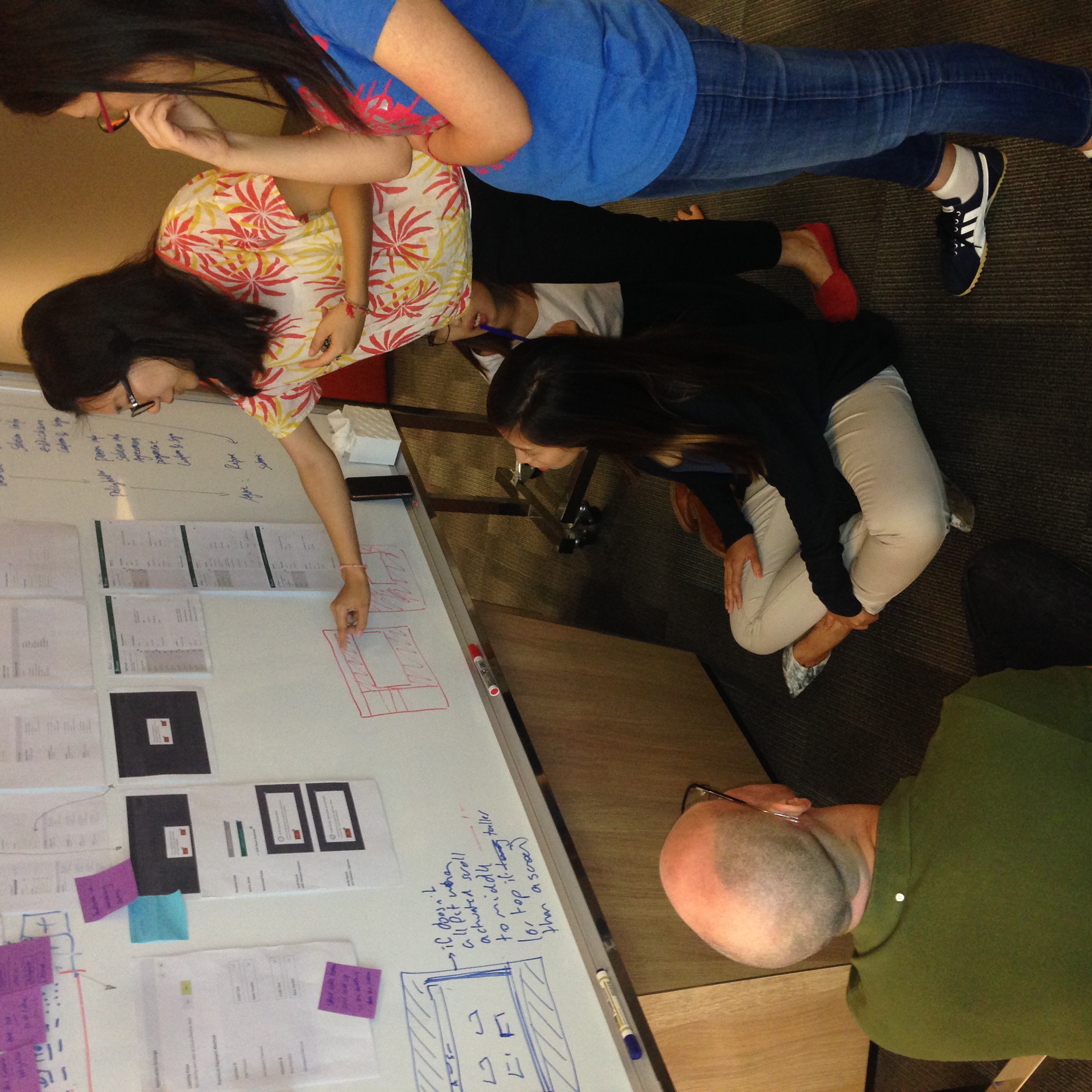 Collaborate with founders, c-level, product, UX/UI, data scientists, researchers, devs, techs, content & copywriters, BA's, etc,..
Collaborate with founders, c-level, product, UX/UI, data scientists, researchers, devs, techs, content & copywriters, BA's, etc,..
My background and expertise firmly sits within the design and end-user research space, but...
I'm not a designer who organises, labels & iterates library assets in Figma or Sketch. I've never been expectated to maintain a delivery-ready components that are used across a companies core product or channel offering. This flavour of designer is a talent in their own right.
Instead, I am the 'strategic thinking design expert' entrusted with devising and delivering a business's Design Language or Design System. I typically operate at Group/C-Level and use the power of research inputs (qual & quant) to create strategic (digital or phygital) frameworks - principles, rules, standards, repositories, patterns, styles, processes, methodlogies, org. structures etc. - everything thats required to underpin and transition whole companies into 21st Century operating models. All whilst providing measureable ROI and increasing bottom lines. These strategies are typically trickled through to be adopted, implemented & iterated by Product, UX/UI design, Res/DesOp or DevOp squads.
-

-
25+
Years Profesional
Design Expertise -
18+
Years Design
Leadership -
13+
Years Digital
& Managament



